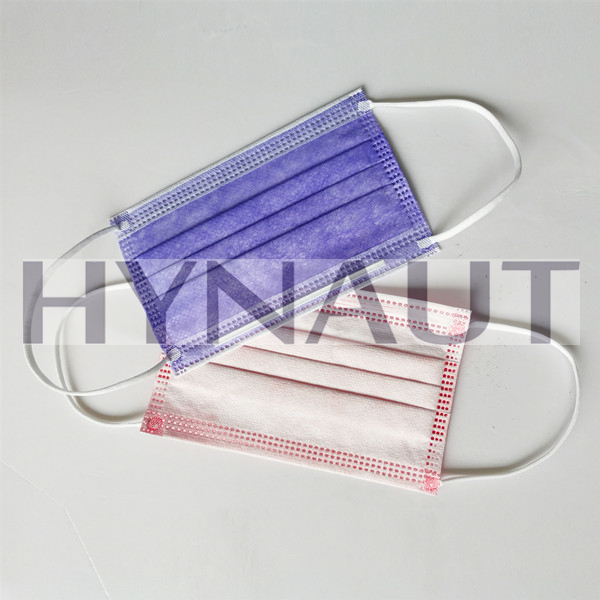
According to foreign media slashgear, at the beginning of the epidemic, there were some disputes about the use of self-made and reusable face masks, and the public was worried about whether these common materials could properly slow down the spread of droplets in the air. Some studies have verified the effectiveness of these masks, but they focus on smaller droplets rather than the larger droplets emitted when sneezing.
Aerosol particles are tiny droplets smaller than 5 microns in size, but larger droplets can also be expelled, especially when people cough or sneeze. These larger droplets can be up to a millimeter in diameter and, with enough force, they can basically “squeeze” through tiny gaps in the fabric – in this case, sneezing and severe coughing.
When these larger droplets escape the mask barrier, they break up and become smaller particles that can spread through the air, potentially infecting people nearby. The whole purpose of the mask is to block these particles and reduce the distance that particles can pass through. Medical masks are the best solution, but studies say reusable fabric masks also have amazing capabilities.
The latest study from the University of Illinois at Urbana Champaign looked at fabric face masks made from a variety of common materials, including old clothes, new clothes, bed sheets, dishcloth and quilting materials.
These fabrics offer more comfort and better air permeability than medical masks – and they have proven to be “quite effective” in blocking high-speed droplets of 100 nanometers. A single layer is effective, but the researchers point out that two or more layers will bring the droplet blocking ability close to the level of a medical mask.

